NFT is a type of token that allows you to digitize any goods. With it, you can earn with your creativity or just experiment with new technology. If one bitcoin is no different from another, then each NFT is unique. This allows information about any object from the real world to be represented in the blockchain. NFT secures the right of ownership of digital goods to the user – this is confirmed by an irreversible transaction in the blockchain network.
To sell NFTs, you need a large platform where they can be collected and demonstrated to a future buyer. This platform is called the NFT marketplace, and we are going to talk about all the ins and outs of its creation in simple terms without complicated terminology. What is an NFT marketplace? How does it work? What does it consist of? And, of course, how much does it cost to create it? Let’s dive in.

What is an NFT Marketplace?
NFT marketplace is a trading platform that allows you to sell and buy a variety of NFTs.
In general, it is a Web3 application, where Web3 is a new concept of the Internet, which will be based on decentralization, the absence of a single body of control and censorship. Every time an NFT is bought on the platform, it charges the transaction amount. After purchasing an NFT, the buyer receives a token – a unique identifier containing proof of ownership and information about the origin, author and authenticity.
The marketplace can have fixed prices or work on the basis of an auction. To work with the marketplace, purchase and store tokens, the user must have a special crypto wallet. The NFT marketplace can be:
- open, where everyone can sell and buy NFTs;
- closed, where a certain company only sells its NFTs, and users can only buy, but not mint and sell anything.
Also, NFT marketplaces can be classified according to their assortment into:
- universal, where all kinds of digital assets are sold, from paintings and music to educational courses and keys to programs;
- specialized, where one specific type of NFT is sold, such as digital assets for a video game.
If you are not yet familiar with NFT, we recommend that you take a look at our guide to creating NFT games, where we examined this concept and its basic standards in detail.
How Does an NFT Marketplace Work?
The NFT marketplace works just like any other marketplace, but with a few twists and turns. First of all, its difference from a simple online market is that only the NFT marketplace makes it possible to buy and sell NFTs. This can be done at a fixed price or on an auction basis.
The NFT marketplace generates NFTs using special transaction protocols called smart contracts that add a set of unique information to each such token and prescribe its main parameters.
They also regulate the relationships between sellers and buyers. The obligations of the parties are represented in smart contacts as if/then. For example, if the buyer transfers payment for NFT, then the seller grants the right to this crypto asset. When the condition is met, the smart contract independently conducts the transaction.
Below you can see the key differences between smart contracts and traditional ones.
| Criterion | Traditional Contract | Smart Contract |
| Format | Paper and/or digital version | Digital version |
| Regulation | Law | Blockchain |
| Currency | Regular money | Cryptocurrency |
| Transaction | Manual | Automatic |
| Formation | Days | Minutes |
| Lawyer services | Mostly necessary | Mostly not necessary |
| Cost | High | Low |
Now, this market is dominated by large marketplaces such as OpenSea and Mintable. But if necessary, you can create your own NFT marketplace with your own rules, conditions and functions.
From the user side, NFT marketplaces work like regular online stores or online auctions. The user needs to:
- Register on an NFT platform.
- Set a personal crypto wallet.
- Buy or sell tokens.
- When selling: upload and list digital items for sale.
- Choose a fixed price or auction format.
- Wait for buyers.
When an auction closes or a token is bought at a fixed price, sellers are notified accordingly, and the NFT platform regulates the transfer of funds and assets.
Pay attention to an important point: the choice of blockchain. Think in advance which blockchains you want to support. Surely you have most often heard about Ethereum – the second largest cryptocurrency by capitalization, and the third most commonly used token in calculations at the present time. But at present, Ethereum is a highly congested network, so you should not rely on it alone.
What’s the way out? You can choose from other blockchains capable of processing thousands of transactions per second, such as Polygon, Solana, or Flow. So far, Solana is the fastest decentralized blockchain allowing the creation of scalable NFT marketplaces.
Why Are NFTs Popular?
According to NonFungible.com, the NFT market grew by 300% in 2020. In the first quarter of 2021, the total market capitalization of large NFT projects increased by 2100%. DappRadar said NFT trading volume hit $10.7 billion in Q3 2021. Most NFTs find a buyer instantly, and this applies to both art and gaming collectibles. The most famous NFTs have been sold for tens of millions of dollars. Celebrities are also driving the rise of NFTs by tokenizing their music, videos, art, logos, paintings, etc.
In the coming years, NFT will be even more in demand. Therefore, the competent development of the NFT marketplace is a promising investment for anyone who wants to keep up with the times.
NFT Marketplaces for Various Spheres
Most NFTs are digital art: copies of paintings, images, videos, memes, and more. But this is far from the only area for which an NFT marketplace can be created. This is also relevant for:
- Video games. The NFT marketplace may sell unique in-game collectibles or characters that help you make faster progress in the game. Some games are completely based on NFT assets, for example, the upcoming RPG Guild of Guardians with NFT avatars created by our team.
- Real estate. A real estate trading platform must support MLS databases and state register databases, be able to determine the location of the user, etc.
- Investments. Such a platform is similar to a stock market where securities are traded – it must provide the possibility of issuing legal securities with the right to property, dividends or a share in profits.
- Online education. Such a marketplace offers users learning services via the Internet – from selling training courses to communicating with teachers, tracking learning progress and organizing knowledge testing.
- Security. NFTs can act as access keys to programs, operating systems, content, etc. Platforms selling such tokens must support popular means of protection on the part of the buyer: identification by face, eye, fingerprint, etc.

The Must-Have Features of the NFT Marketplace
All online stores are different, but they share a certain number of common features. The same goes for NFT marketplaces. If you want your platform to be at least as good as others, you must provide it with the following features:
- Storefront. The marketplace should have a storefront where the buyer sees previews of products and information about their owner, price or bids, etc.
- Filters. Filters are necessary for a quick search for the necessary assets. Categorize collectibles by type, feature, price, listing status, and more.
- Auction. Assets can either have a specific price or be available for auction. The marketplace must have all the tools for this: the initial bid, the current bid, a bid validity date, and others.
- Wallet. To work with cryptocurrencies, you need a wallet. You can create your own wallet or integrate existing wallets into your platform: Metamask, MyEtherWallet, etc.
- Ratings. Ratings can help new buyers understand if a particular seller is trustworthy. Estimates for sellers are given by buyers themselves, depending on their experience.
- Support. The presence of support services on the trading platform is mandatory. This will help users find solutions to their problems and answers to their questions.
In addition to the required features, there are also others that are considered optional:
- The ability to mint NFTs.
- Integration with multiple payment gateways.
- Adding a forum to form a strong community.
- Adding an online chat or chatbot for quick feedback.
- Availability of a wishlist and comparison of digital goods.
To understand what additional features you need, it is better to work with skilled developers who have experience in creating a variety of NFT marketplaces.
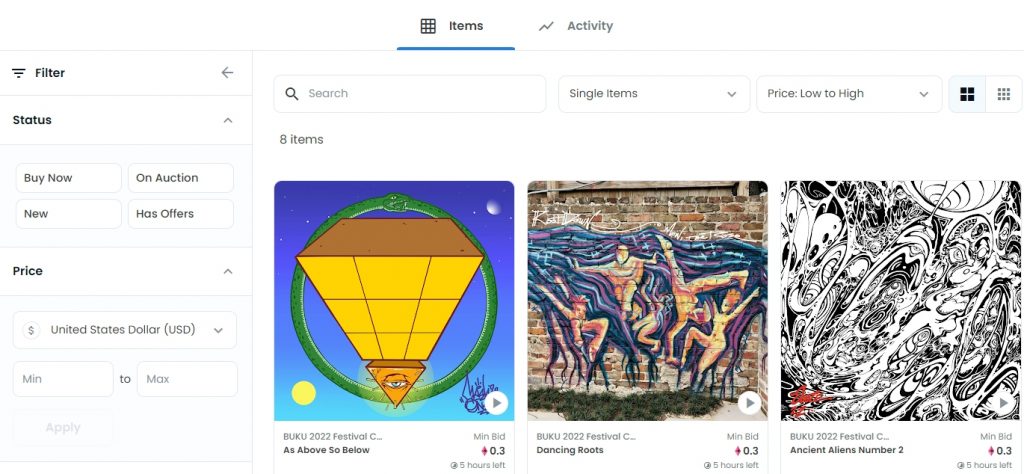
Things to Consider When Building an NFT Marketplace
The trading platform inevitably implies currency transactions. Therefore, you must prove to your potential buyers that your marketplace is trustworthy and functions in accordance with all the rules. So be sure to pay attention to the following factors when creating your NFT marketplace:
- Transparency. Your NFT marketplace should be transparent so that users can clearly see all transactions. The blockchain network ensures that an error-free payment procedure keeps transactions running smoothly.
- Security. You must ensure that your NFT marketplace is secure so that all transactions can proceed properly. To do this, it is necessary to provide it with a built-in security system.
- Decentralization. This feature allows you to copy and distribute all information to different blockchain networks. During the introduction of a new block, the network updates its blockchain to accommodate the changes.
- The monetization model. If you are using a ready-made NFT marketplace solution, you need to consider what commission it takes when selling your products.
- Smart contracts. Smart contracts are combined with blockchain technology, as they allow secure cooperation between strangers without intermediaries.
Key Steps to Build an NFT Marketplace
You can’t create an NFT marketplace just because everyone does it or it’s a common practice now. You must clearly understand why you need this and consider each of the following points:
- Niche. Decide on a niche for your NFT marketplace. Then it will be easy to form a concept, define the target audience, describe functions and unique features, etc.
- Design. Think about the user interface and efficient platform architecture. The marketplace should be convenient and intuitive for everyone who gets there for the first time.
- Frontend. A robust framework (Angular, ReactJS, VueJS) will help you achieve your goals. Select developers with experience in creating NFT marketplaces to ensure maximum functionality and reliability.
- Backend. Choose the right technology for optimal functionality (NodeJS, Python, Java). You must implement operations with blockchain, smart contracts, wallets and an auction mechanism.
- Testing. Don’t skip this step as it will ensure that the project is working correctly. QA engineers test usability, security, reliability and performance under all possible platform usage scenarios.
- Post-launch. Post-launch support is essential to ensure high-quality work. You also need to think about further development of the platform to stay on trend and meet user expectations.
What Affects the Cost of the NFT Marketplace?
The price is a topic of increased interest for everyone. Perhaps you have even skipped all the information above to get here right away, right? The cost of creating an NFT marketplace depends on its complexity and functionality. The bigger the platform you want, the more people you need to build it and the more investment you need to make.
In general, you have two paths.
You can use a ready-made solution like OpenSea or Nifty Gateway. This option will be less expensive because you don’t have to create an application from scratch. Plus, your market entry will happen much faster. For example, using the SDK from OpenSea you will get a platform with the OpenSea infrastructure and your design.
You can also order the creation of an NFT marketplace from scratch. Specialists will create a product tailored to your goals with the functionality and features you need. You will be able to scale and expand as you please, and also be completely confident in the protection of confidential information. However, this will take much longer and be much more expensive.
It is difficult to give an exact price without knowing the specifications and requirements. On average, when talking about the cost of creating an NFT marketplace, one can start from the amount of $100,000. However, the price will be much higher depending on the location of the team and the complexity of the project.
Conclusion
Creating your own NFT marketplace can be tricky if you’ve never dealt with blockchain before. As with any other task, it is important here to start with the reasons why you want to create a marketplace and the goals you set for it. Based on them, it will be easier for you to think over the necessary functionality. The best help in this for you will be an experienced and skillful partner who is well versed in the blockchain.
The Kevuru Games team is ready to help you with NFT marketplace development that will work for the benefit of your business. We can offer you both options: create your own NFT marketplace or develop it based on a ready-made SDK. Our team is also able to help you create brand-specific NFTs as a way to expand your revenue model.
We have experience in creating both NFT collections and large-scale 3D visualizations related to NFT projects. On the rise of the NFT theme, we carefully studied this concept and found first-class blockchain specialists. They are well versed in the specifics of buying and selling tokens on marketplaces and will always provide advice on the optimal allocation of resources when creating an NFT marketplace.
Feel free to contact us, request an estimation or just a consultation – we will answer all your questions and lay a solid foundation to create your dream NFT marketplace.



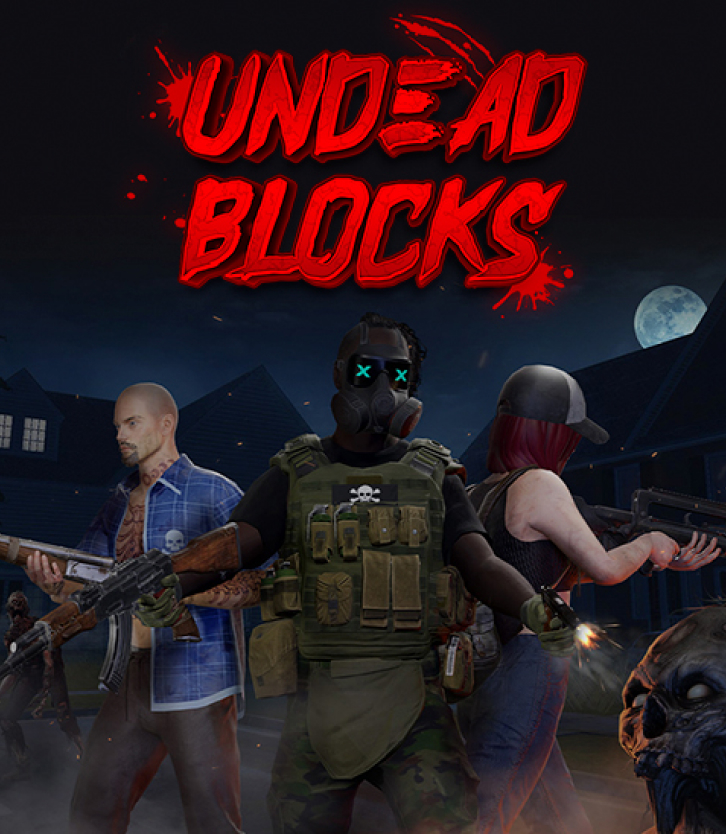
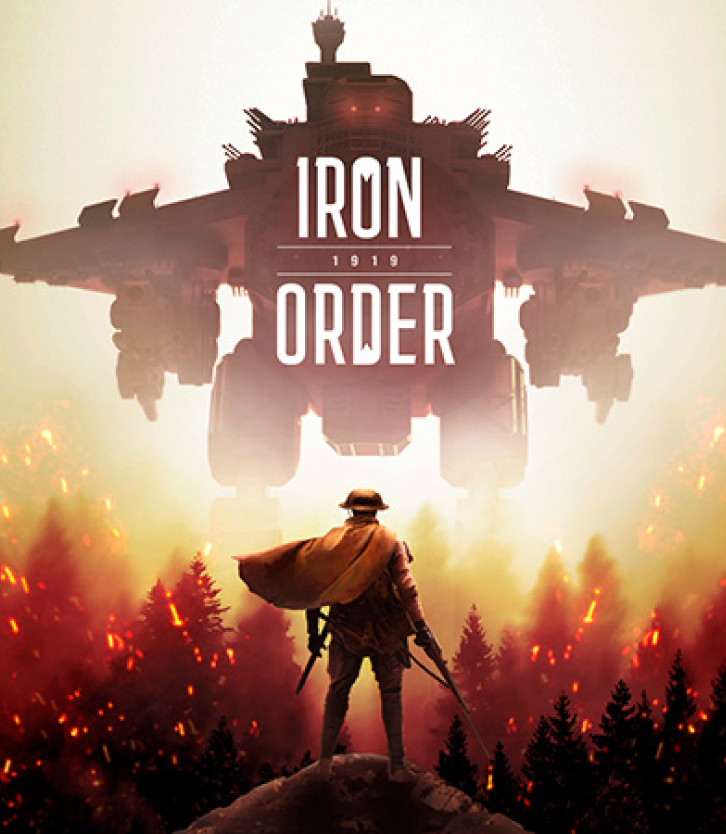
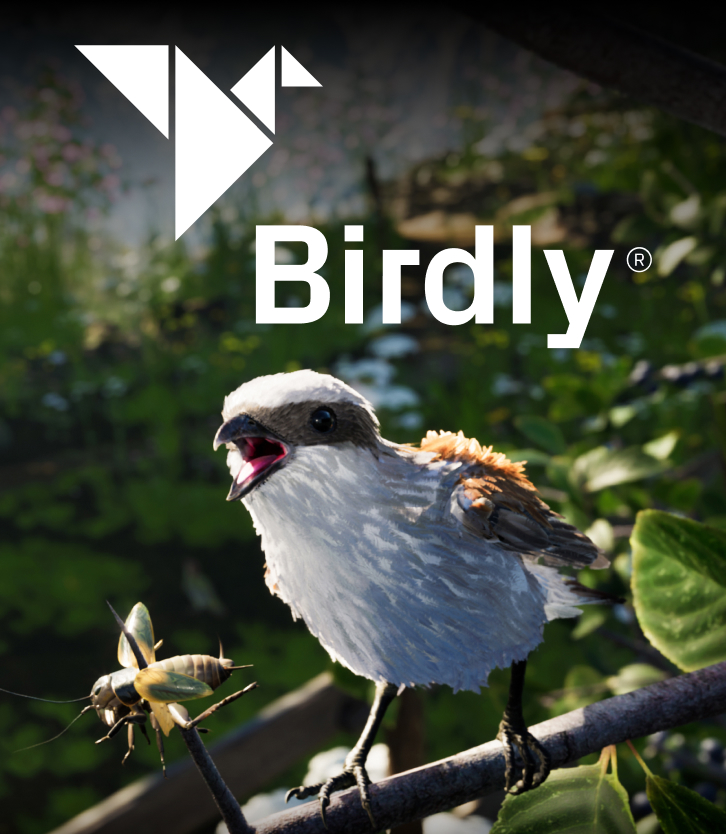
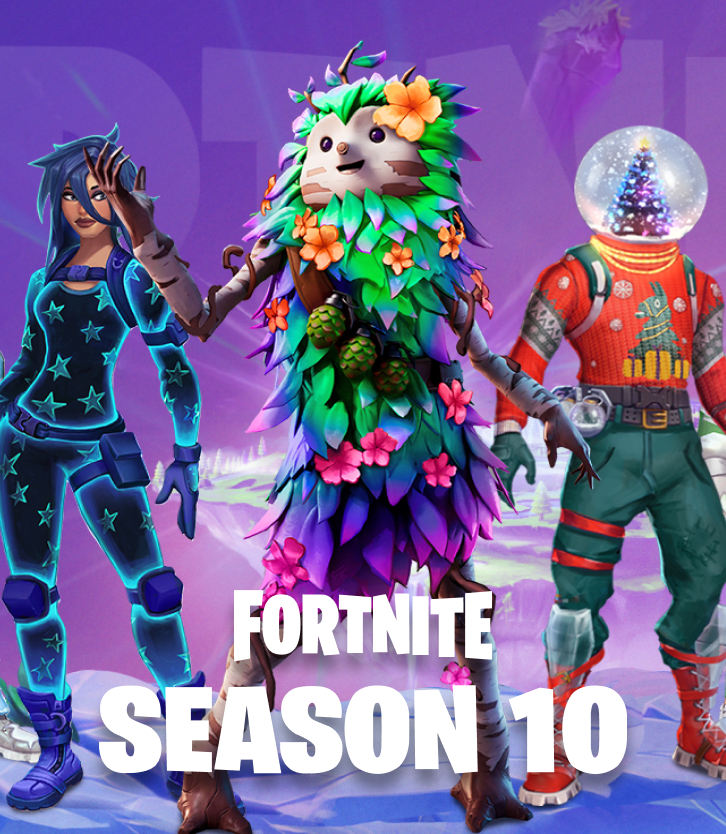
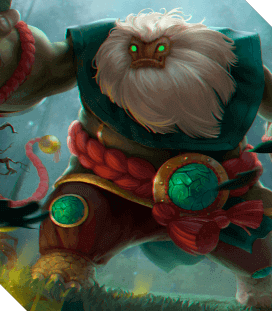



![Indie Game Development: Guide to Revenues, Most Profitable Genres & Monetization [+10 Best Indie Games 2024]](https://kevurugames.com/wp-content/uploads/fly-images/11949/indie-pre-138x138.jpg)